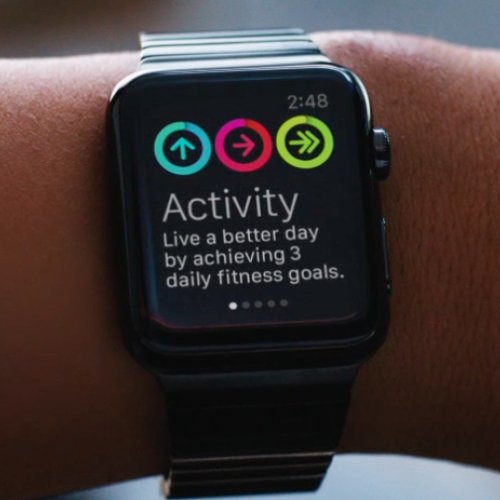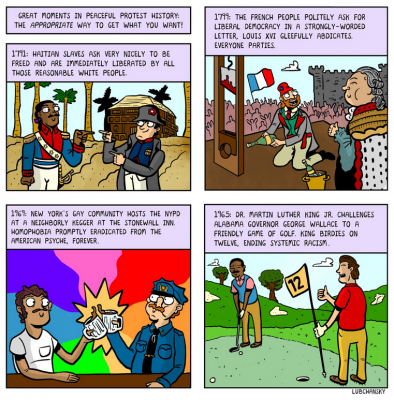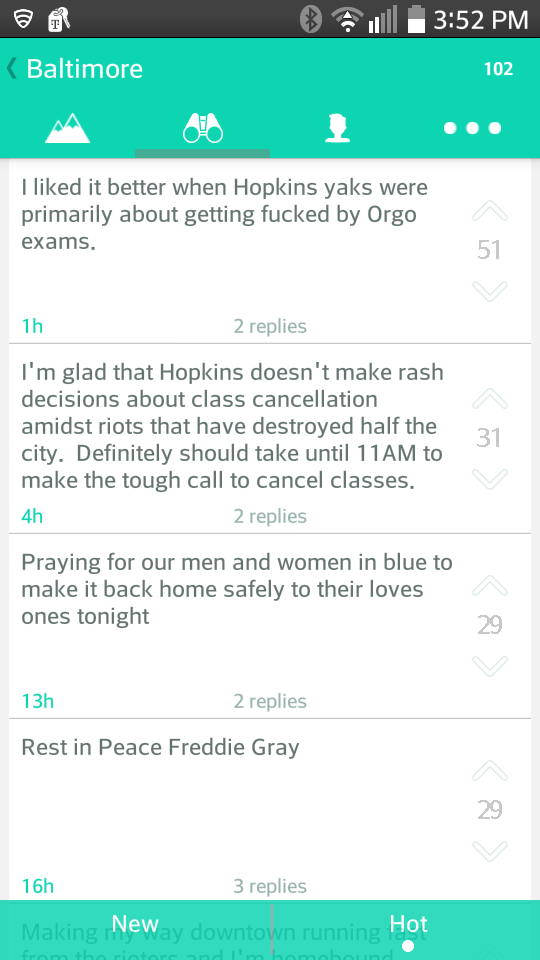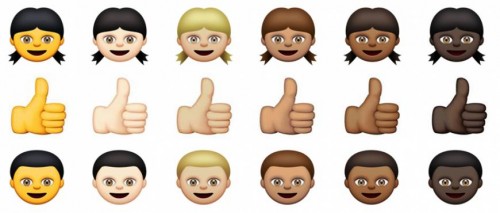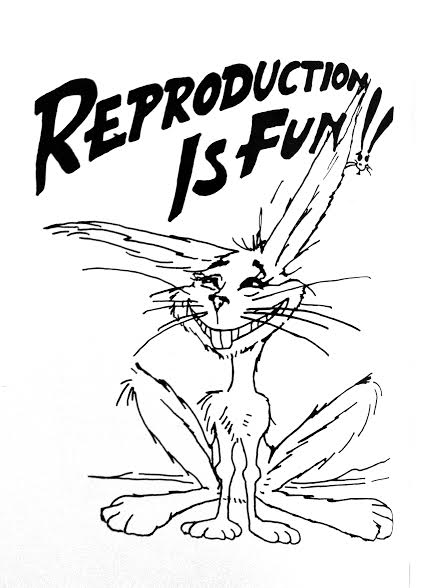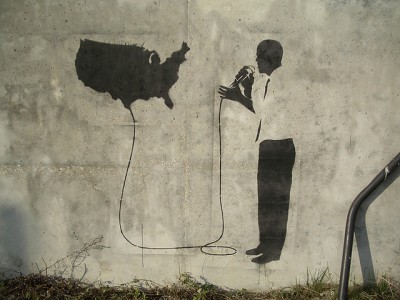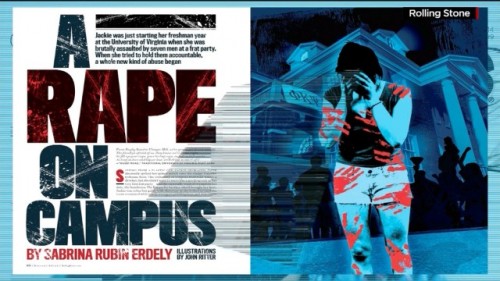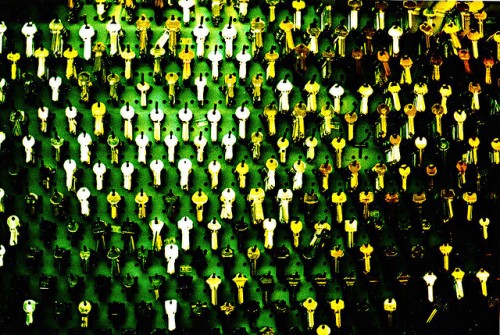Okay, so. Apple’s iOS8 Health app is an issue, at least potentially.
To recap, it’s an issue in significant part – and for the purposes of this – in terms of its effect on people who experience disordered eating and/or obsessive-compulsive behaviors and thoughts. Health trackers in general have the potential to do this, and in fact to be quite harmful. This is primarily because health trackers are highly quantitative in nature and extremely oriented toward the monitoring of details, and obsessive-compulsive tracking is one of the primary symptoms of an eating disorder – and the Health app is a focal point for this kind of monitoring. Though it allows for the entry of data, its primary purpose is to allow better curation of data from other health apps, but it still exists. In fact, it not only exists, but it can’t be removed. It can be hidden, but you – the user – still know it’s there. It will be difficult to ignore even if it can’t be seen. It gnaws. Trust me, things like that do.
Technology has reached to a point where literally everything we do can be done or assisted with wearable gadgets or computers. Smartwatches have become a common thing to health and sports enthusiasts. If you are interested and looking for smartwatches, try reading about it on spotthewatch.com, they have one of the best detailed reviews out there.

